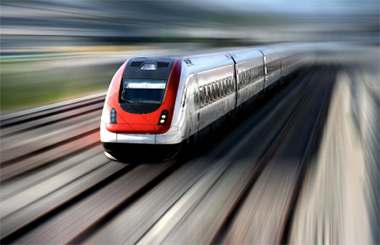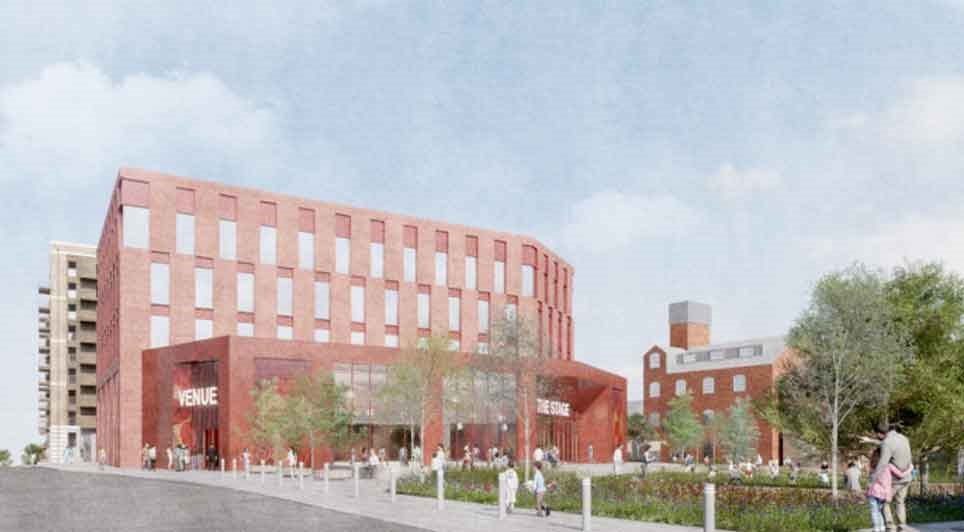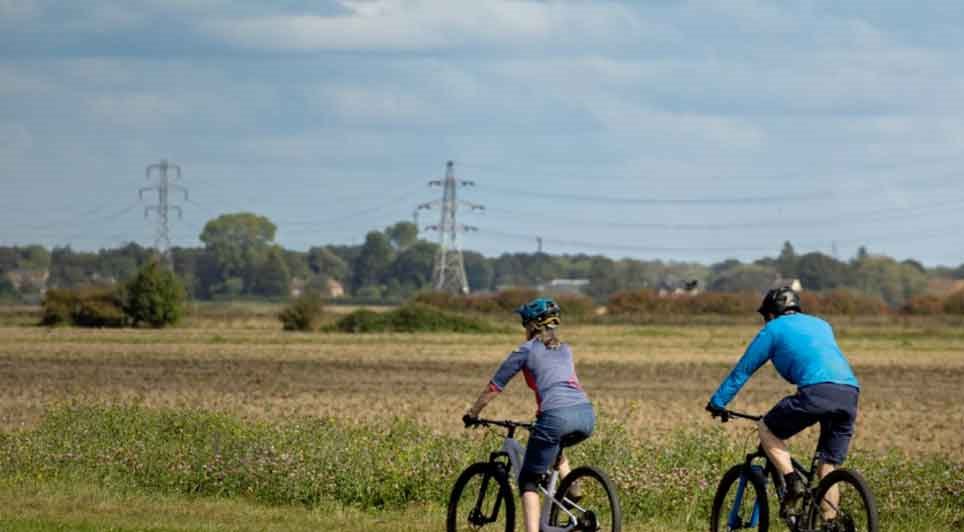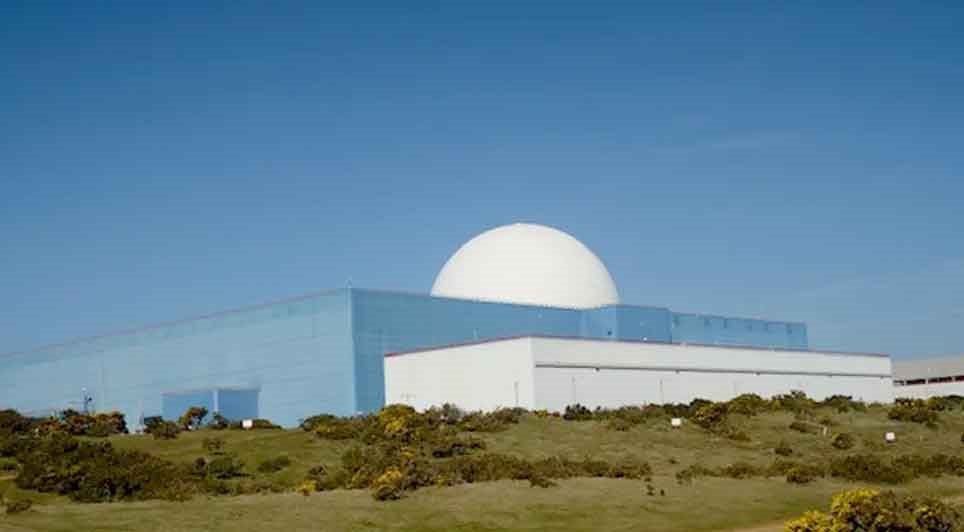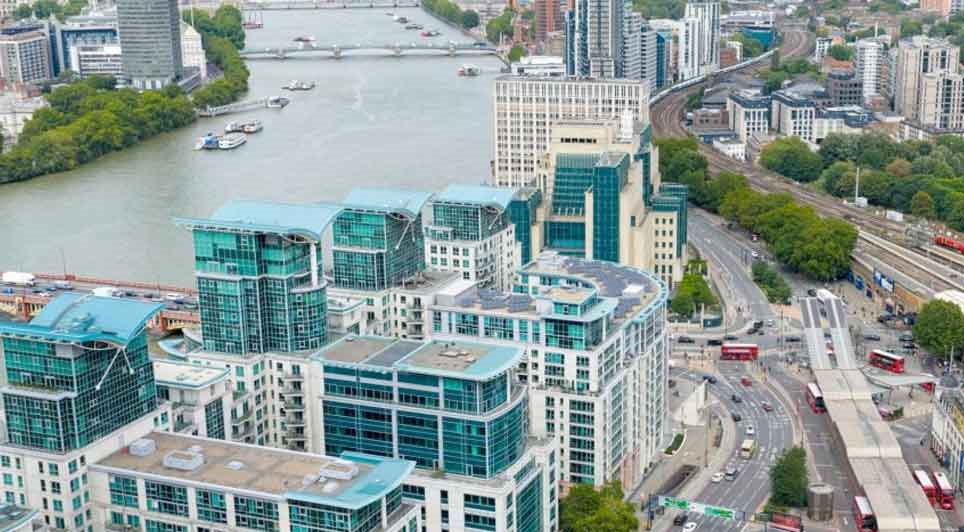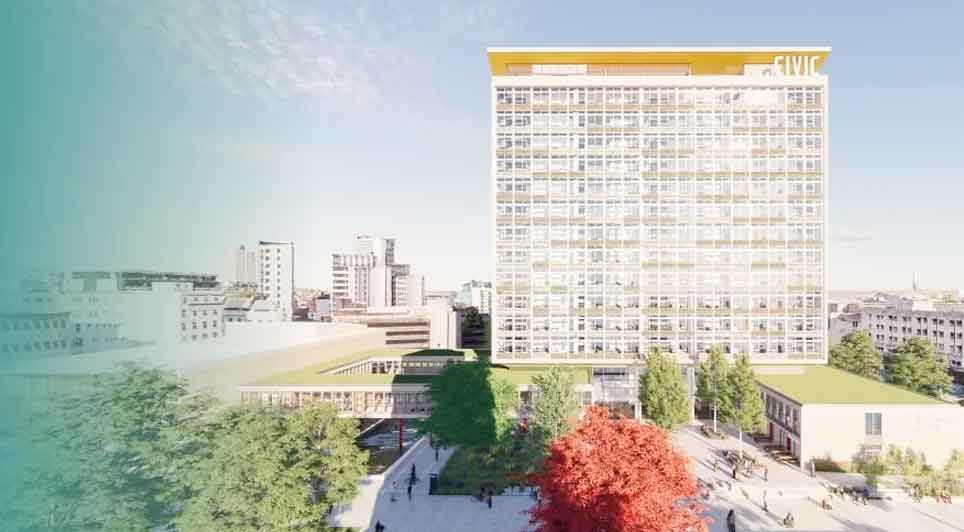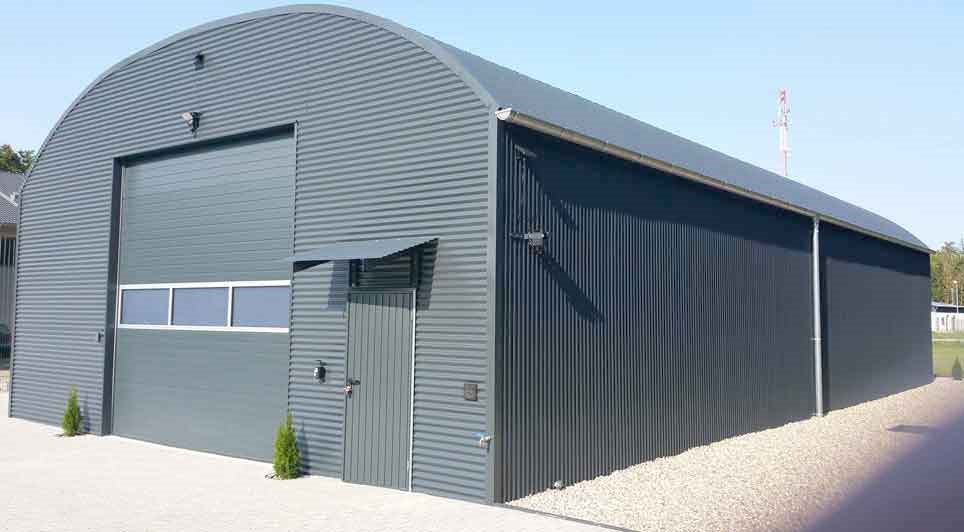The Transport Secretary has announced Britain will have a national high speed rail network providing vital new capacity and faster journeys across the country from 2026.
"HS2 will be a Y-shaped rail network with stations in London, Birmingham, Leeds, Manchester, Sheffield and the East Midlands linked by high speed trains conveying up to 26,000 people each hour at speeds of up to 250mph," said Justine Greening.
High speed trains will also connect seamlessly with the existing West Coast and East Coast main lines to serve passengers beyond the HS2 network in Edinburgh, Glasgow, Newcastle, Durham, York, Darlington, Liverpool, Preston, Wigan and Lancaster.
It will be built in two phases. The first will see construction of a new 140 mile line between London and Birmingham by 2026, the detailed route of which is published today. The second phase will see lines built from Birmingham to Leeds and Manchester by 2033. A formal consultation on second phase routes will begin in early 2014 with a final route chosen by the end of 2014.
The first phase of HS2 will include a connection to Europe via the Channel Tunnel. On completion of HS2 the network will include a direct link to Heathrow Airport.
Ms Greening said: "A new high speed rail network will provide Britain with the additional train seats, connections and speed to stay ahead of the congestion challenge and help create jobs, growth and prosperity for the entire country.
"HS2 will link some of our greatest cities – and high speed trains will connect with our existing railway lines to provide seamless journeys to destinations far beyond it. This is a truly British network that will serve far more than the cities directly on the line.
"HS2 will deliver up to 26,000 more seats for rail passengers each hour and journey times slashed by as much as half. By attracting passengers off existing rail lines, roads and domestic air services, its benefits will be felt far beyond the network. No amount of tinkering with our Victorian rail infrastructure will deliver this leap in capacity.
"It is not a decision that I have taken lightly or without great consideration of the impact on those who are affected by the route from London to Birmingham. I took more time to make this decision in order to find additional mitigation which now means more than half the entire 140-mile line will be out of sight in tunnels or cuttings. I am certain this strikes the right balance between the reasonable concerns of people living on or near the line, who will be offered a generous compensation package, and the need to keep Britain moving."
(CD/GK)
 UK
UK Ireland
Ireland Scotland
Scotland London
London

